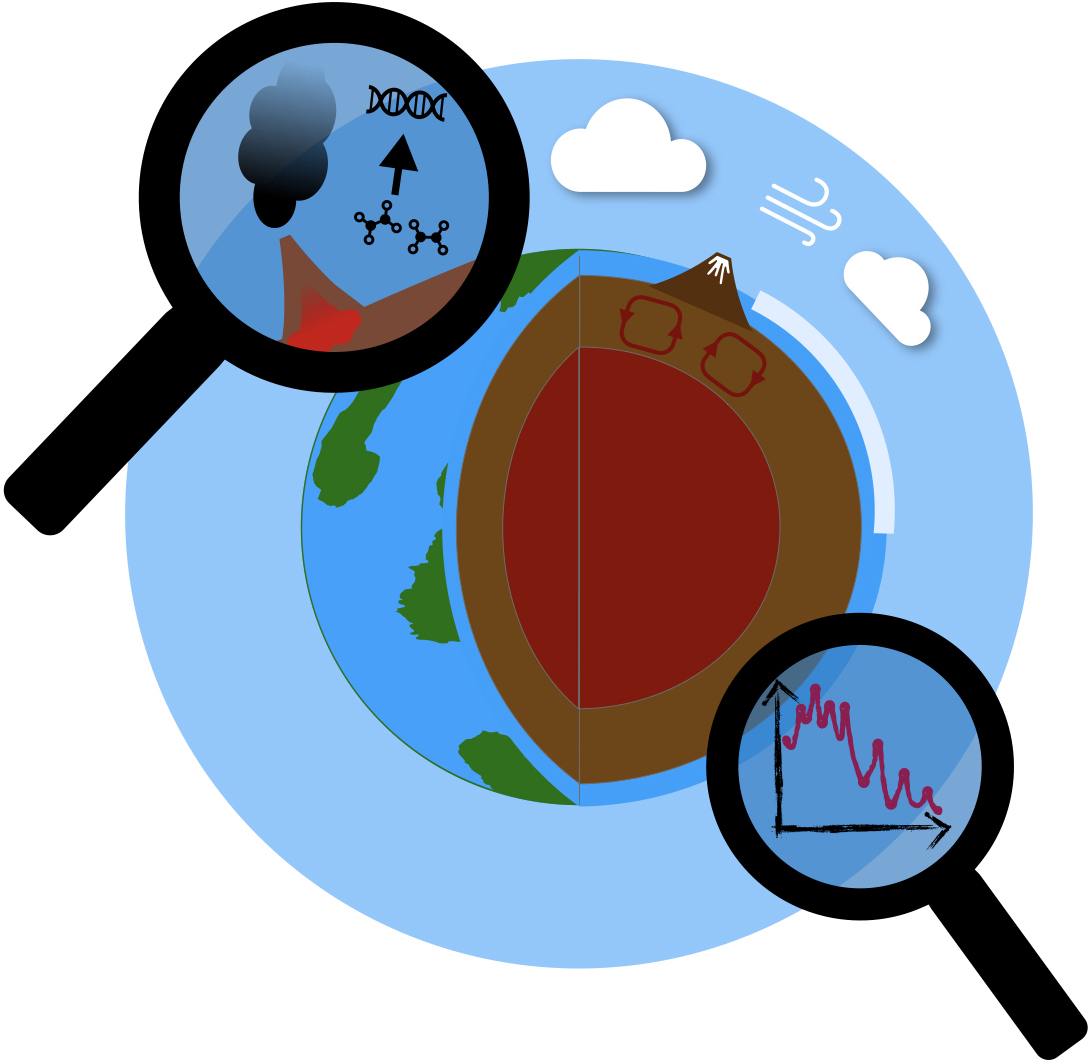From experimental evolution to climate simulations: the projects of the newly created Center for Life in Universe
- 1Department of Astronomy, University of Geneva, Versoix, Switzerland (emeline.bolmont@unige.ch)
- 2Centre for Life in the Universe, University of Geneva, Geneva, Switzerland
- 3Institute for Environmental Sciences, Group of Applied Physics, University of Geneva, Geneva, Switzerland
- 4Institute for Environmental Sciences, Department F.-A. Forel for Environmental and Aquatic Sciences, University of Geneva, Geneva, Switzerland
- 5Department of Organic Chemistry, University of Geneva, Geneva, Switzerland
- 6Department of Earth Sciences, University of Geneva, Geneva, Switzerland
- 7Institute of Teacher Education, University of Geneva, Geneva, Switzerland
Since the detection of the first exoplanet orbiting a star like the Sun, the University of Geneva has been at the forefront of exoplanet research. Starting from an extensive expertise in planet detection (with radial velocity), the observatory is also now an important actor in the atmosphere characterization of exoplanets (e.g. Ehrenreich et al. 2020). Today the focus is shifting towards the atmospheric characterization of small temperate planets, such as Proxima-b and the TRAPPIST-1 planets. The university is therefore actively participating to the instruments RISTRETTO@VLT and ANDES@E-ELT which aim at characterizing the atmosphere of Proxima-b (among other goals) using a technique based on high-contrast imaging and high-resolution spectroscopy. One of the objectives of these instruments is to detect biosignatures in the atmosphere of rocky temperate planets. However, to be able to correctly identify a biosignature, one needs to be able to identify false positives. So, one needs to know how the atmosphere interacts with planetary interior, with incoming stellar radiation, and with many different other processes. A multi-disciplinary approach is therefore necessary.
Recently, and following the 2019 Nobel prize in physics attributed to Michel Mayor and Didier Queloz for the discovery of 51 Peg b, the University of Geneva decided to create a faculty center: “Centre pour la Vie dans l’Univers” in French or “Center for Life in the Universe” (https://www.unige.ch/sciences/cvu/). The members of the center include experts in astrophysics, geophysics, environmental physics, chemistry, climatology and biology. The center aims at leading interdisciplinary projects on the origin of life on Earth and the search for life in our solar system and in exoplanetary systems to contribute to the world research on fundamental questions: How did life emerge and how did it diversify on Earth? Is the Universe full of life? What is the nature of life? How can we detect life elsewhere than on Earth?

Several projects are starting and will start in the near future in the center on the following topics:
- The rise of molecular complexity on primitive Earth
- Multi-stability of climates and habitability
- Evolution under extraterrestrial conditions
- The atmosphere as a mirror for geological processes
I will present these new interdisciplinary scientific projects, with an increased focus on the second and third ones which are already underway.
How to cite: Bolmont, E., Ehrenreich, D., Kasparian, J., Ibelings, B., McGinnis, D., Winssinger, N., Caricchi, L., Castelltort, S., and Mueller, A.: From experimental evolution to climate simulations: the projects of the newly created Center for Life in Universe, Europlanet Science Congress 2022, Granada, Spain, 18–23 Sep 2022, EPSC2022-386, https://doi.org/10.5194/epsc2022-386, 2022.

